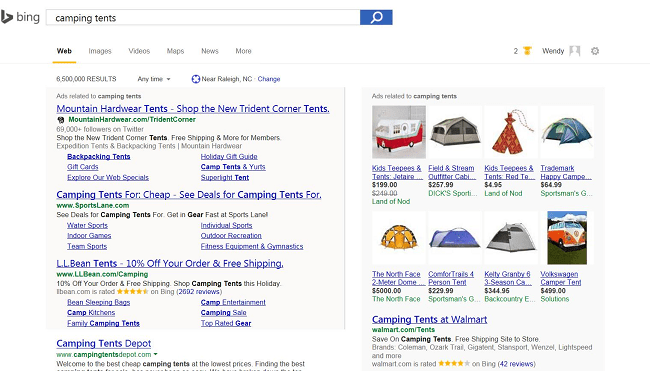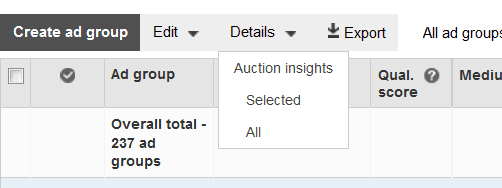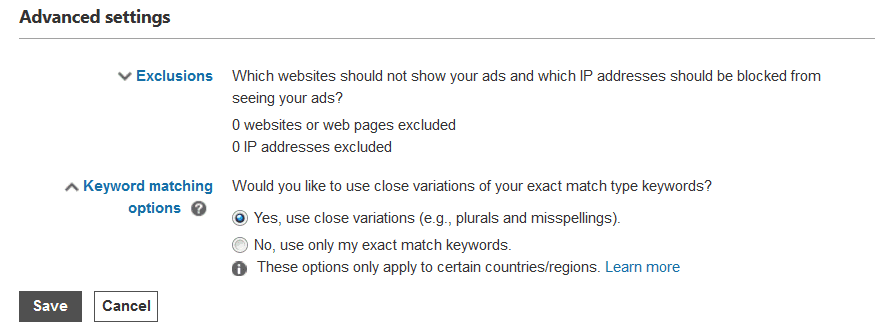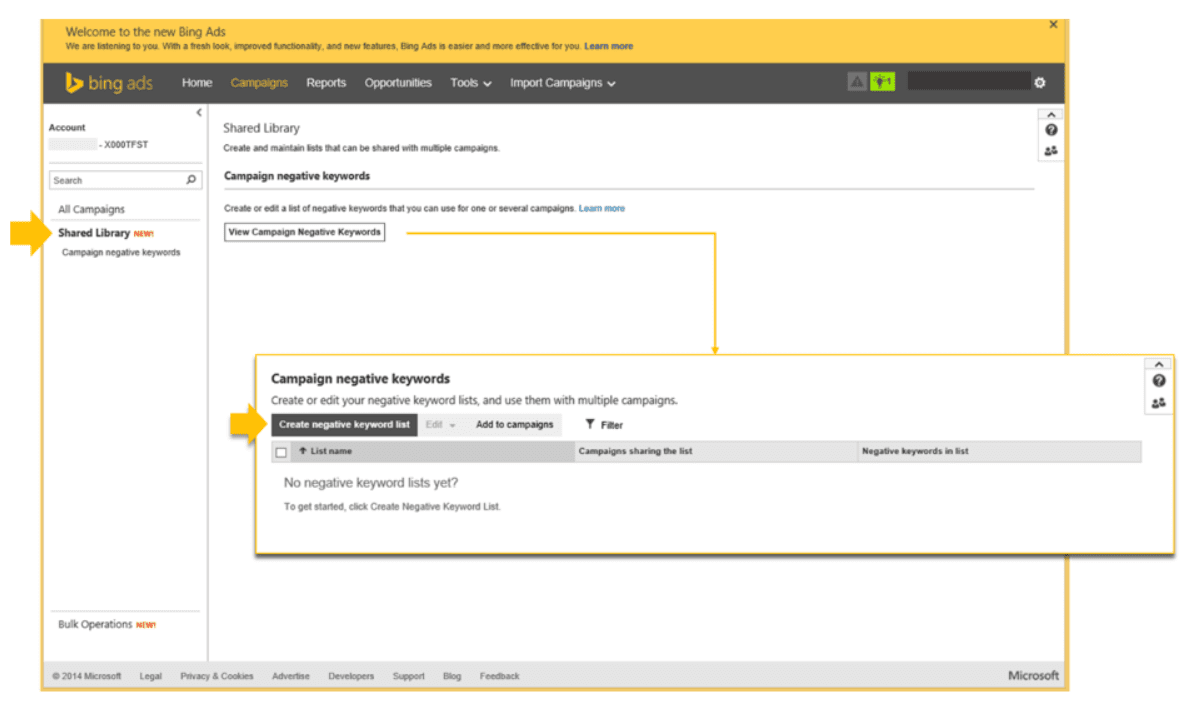 Bing Ads has been changing substantially over the past few months, and it’s easy to miss out on features and updates.
Bing Ads has been changing substantially over the past few months, and it’s easy to miss out on features and updates.
Even though the Bing/Yahoo network brings in a lot less traffic than Google for most retailers, it’s nonetheless a chunk of traffic you don’t want to lose.
And now as major browser Firefox makes their bold move and sets Yahoo as its new default search engine, it’s more important than ever that you are optimizing your pay per click ads on Bing.
If you haven’t had a chance to review some of the newest initiatives and updates from Bing, here’s a quick recap of five easy features that will help you make the most out of your Bing performance.
1) Use Bing Product Ads
Like Google Shopping, Bing Product Ads are a great way to beef up your Bing Ads account. You’ll need to create a catalog and upload a feed for Bing, and then you’ll be ready to create a campaign to show product ads.
Product ads can run alongside your normal text ad, giving you two opportunities to capture clicks. This will also help you to stand out among your competitors.

2) Monitor Competition With Auction Insights Reports
You now have easy access to this powerful competitive analysis tool from within the Bing Ads interface. Previously, it was only available with the Bing Ads Intelligence plugin for Microsoft Excel.
The Auction Insights Report gives you strategic data about which competitors are shown in the auction and how performance compares. Simply navigate to the Details dropdown and view these insights on your keywords.
Within this view, you’ll have access to metrics like impression share, average position, overlap rate, position above rate and top of page rate. This report is really useful to see how you’re stacking up against the competition specifically on the Yahoo Bing network.
3) Check Your Close Variant Matching
Back in September, Bing announced that they’d be enabling close variant matching with modified broad match and exact match. This means that your keywords can match to similar variations, such as differences in abbreviations, singulars or plurals, and stemming.
A few weeks ago, this expanded to phrase match as well. This is enabled by default in your campaigns, but it’s a good idea to run reports and check the performance of your close variants.
We recently found a few cases where the “close variant” matching wasn’t so close and had begun branching out to much broader terms. If you see a lot of irrelevant search queries or wasted spend in your campaigns, you might want to consider disabling the close variant matching in Bing.
4) Utilize and Expand Negative Keyword Lists
Negative keyword lists are a great way to block underperforming queries or cut out wasted spend. It’s a great idea to create negative keyword lists for your account (such as anything that would be completely irrelevant, terms you don’t want to be shown for, past underperformers, etc). You can have up to 5,000 negative keywords per list, and you can create up to 20 lists per account.
The negative keywords can be found in the Shared Library in your account.
5) Take Advantage of Updates to Targeting
A few months ago, Bing made some changes that make it much easier to target your customers. You want to be showing relevant ads at the right place and the right time to make the most out of your potential investment.
A few of the relevant updates for targeting on Bing include:
- Ad scheduling in 15-minute increments
- Zip code targeting and exclusion
- Desktops and tablets combined into a single device targeting selection
These are just a few easy ways to make sure that you’re staying on top of your Bing Ads account and getting the best return on your investment.








